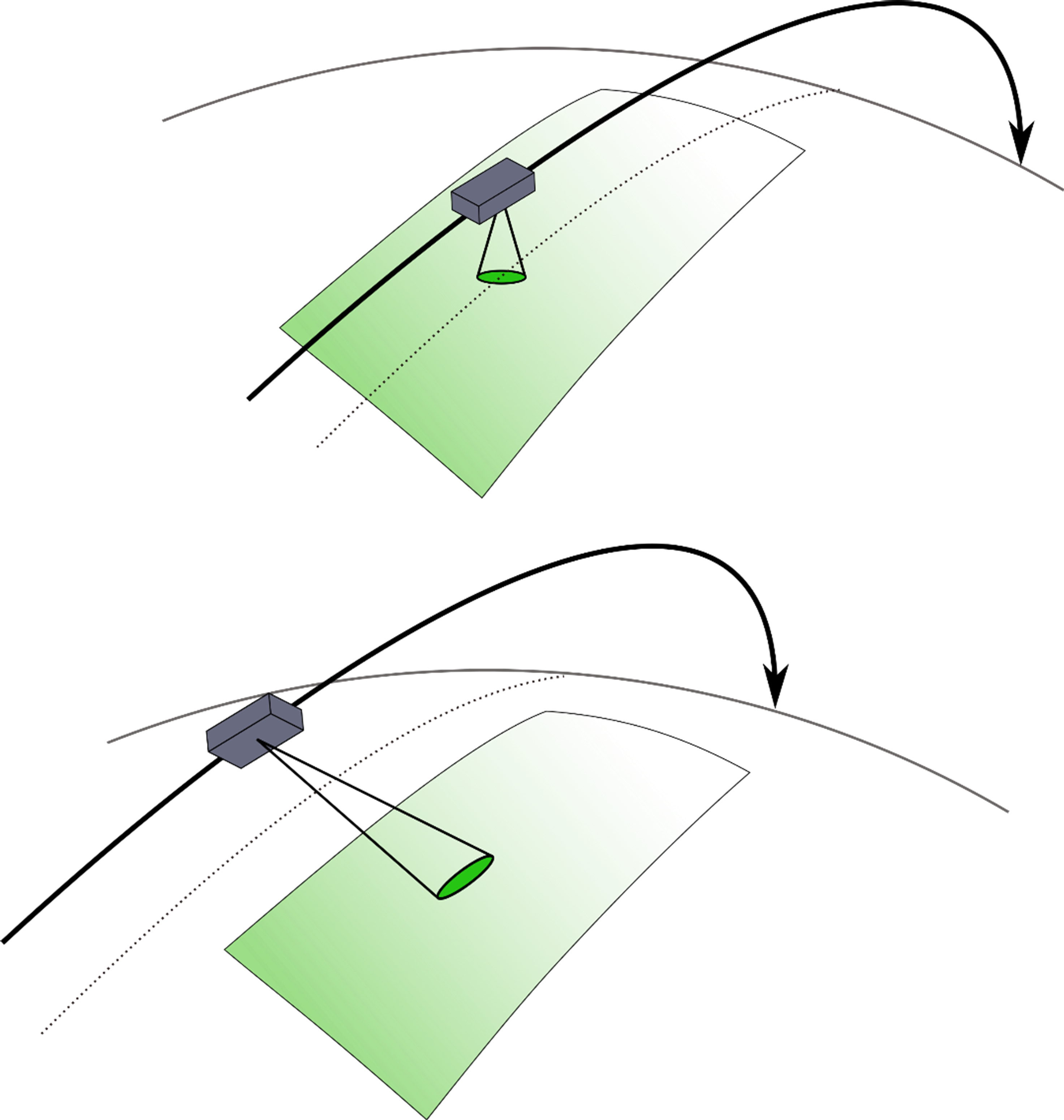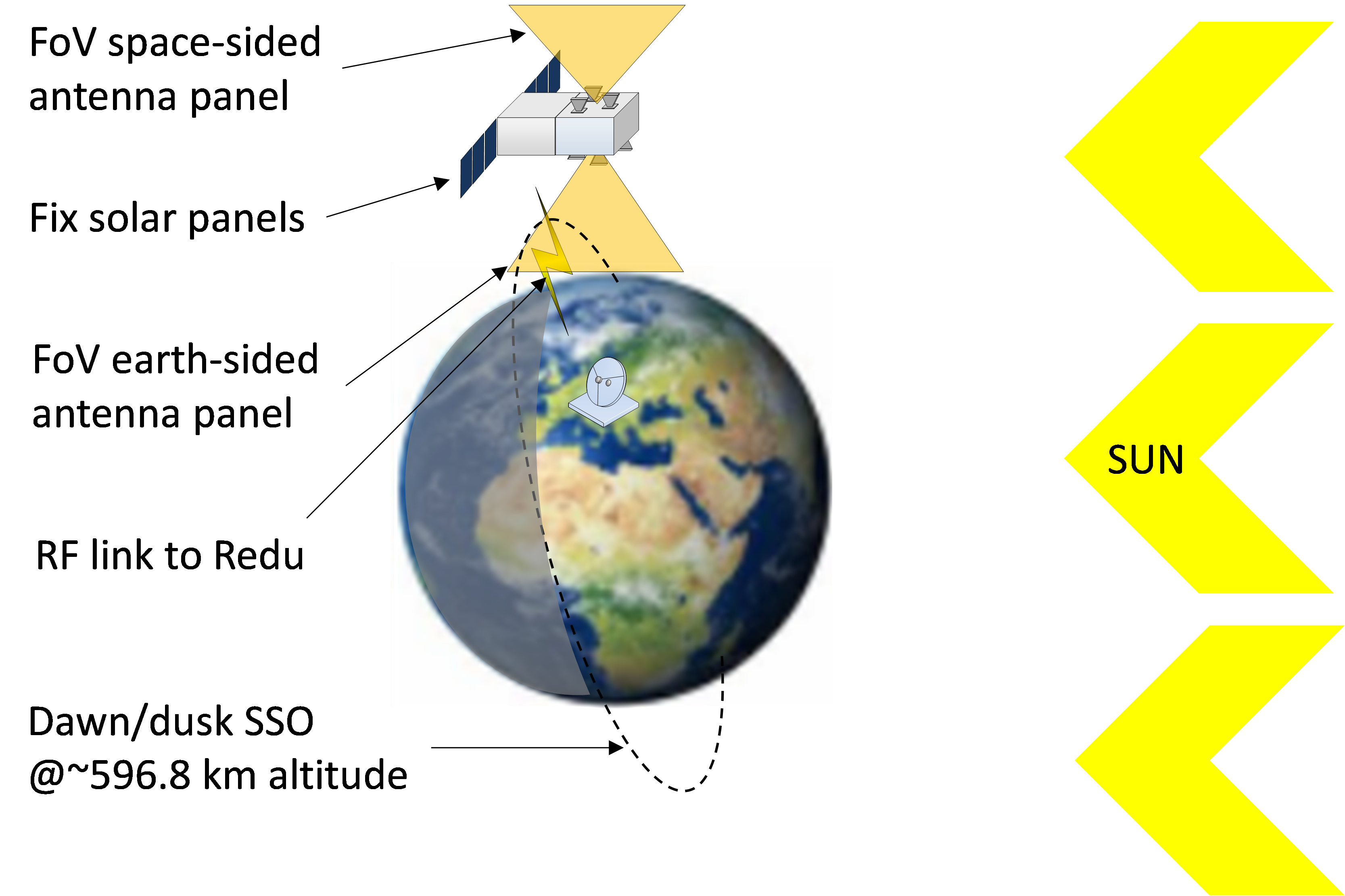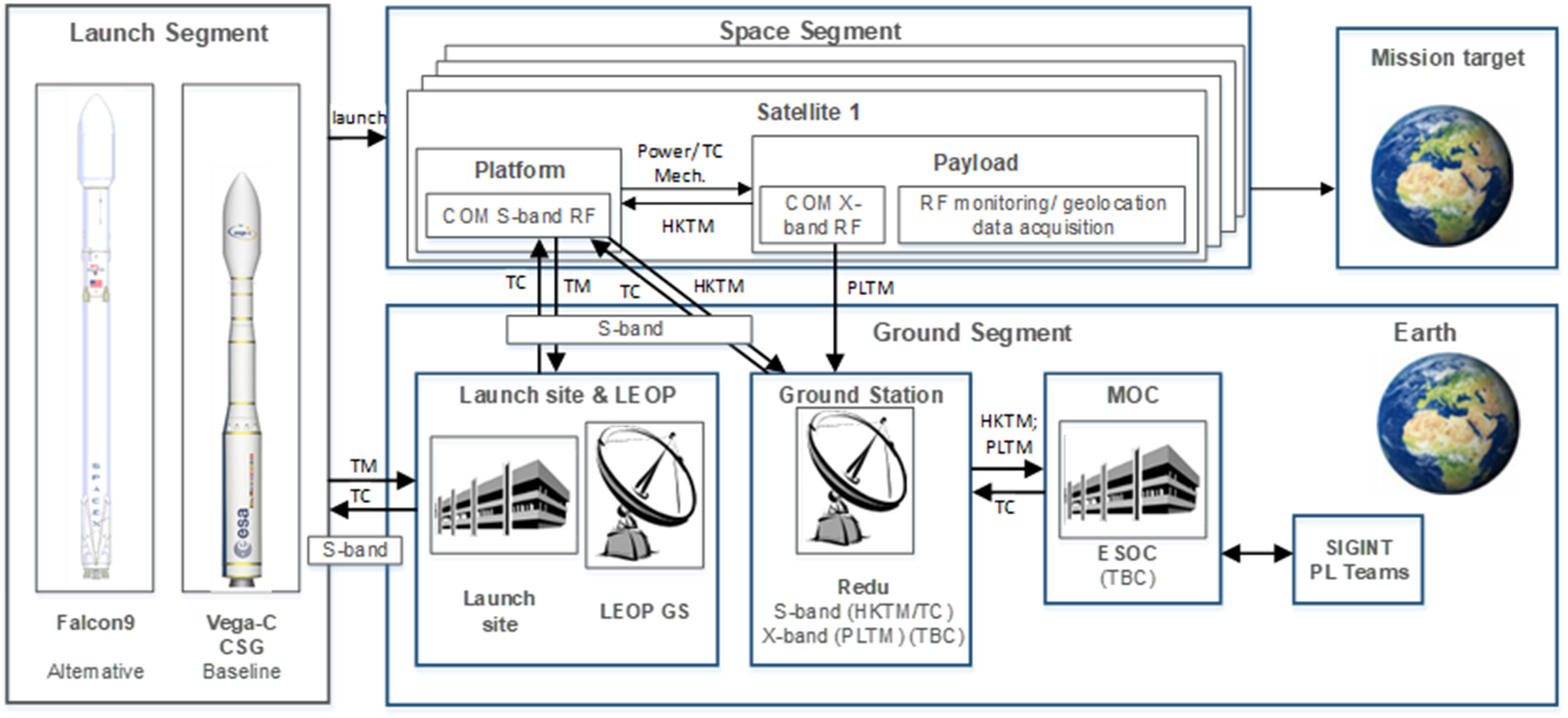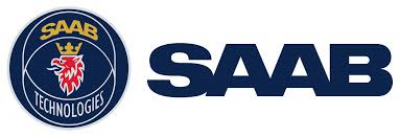-
StatusCompleted
-
Status date2022-01-28
-
Activity Code1B.129

Frequency spectrum is a scarce resource and with the increasing need for bandwidth terrestrial mobile operators recently gained access to spectrum that was historically allocated to satellite communication. Moreover, with the emergence of new satellite services, such as LEO HTS constellations on a global scale, the classical ITU spectrum allocations are implemented on a non-interference basis, which has not been the case for classical geostationary satellite communication. Therefore, a detailed knowledge of frequency use in all locations of the world, may it be frequencies used by satellites or by telecommunication network operators on ground, becomes more important w.r.t. identifying interference as well as unused spectrum.
The study assesses the following points:
- Commercial Assessment of Applications. The study addresses the commercial application / needs for spectrum monitoring from space. Different aspects are evaluated concerning these applications such as need for spectrum monitoring, need for accuracy of location for an RF source, time frame required for monitoring in general and specifically for identified sources, required recurrence of monitoring.
- Identification of User Cases. Further, during the study use cases are derived from the identified applications. The use cases deliver the input for a mission concept.
- Establish a Mission Concept. A mission concept is derived in the study and technical solutions are identified for the platform and the payload to fulfil the identified user needs. The solutions take into account the complexity of analysis to be performed in space and on ground, properly identify required trades with respect to available technology and cost.
- Technical Feasibility Assessment. Finally, the study assesses the technical feasibility of the proposed solution and initially defines a scenario to implement such a mission.
To summarize in short, the main objective of the study therefore is to identify user needs for spectrum monitoring from space and to define a commercially viable system fulfilling the identified user needs.
Key challenges of the activity:
- Defining realistic scenarios based on inputs from target customers
- Mission and system level trade-offs without detailed scenario definition: versatility, accuracy, cost, mission scenarios
- Detailed performance simulations w.r.t. geolocation approach
- Wide range of scenarios, many transmissions have highly directive antennas
- link budget strongly varies over time
- Short durations with sufficiently high SNR
- Formation distance as compromise between geolocation techniques as well as covered scenarios
- Wide range of scenarios, many transmissions have highly directive antennas

- Focus on small cost-efficient satellites like micro satellites or smaller
- Implement all desired functionalities and performance w.r.t. frequencies and geolocation accuracies
The envisaged RF monitoring and RFI geolocation system provides high accuracy geolocation performance of ground based as well as space based sources.
Simulations demonstrate the system’s ability to locate almost all scenarios for ground based emitters with a 5 km accuracy. For most scenarios, even a 1 km accuracy is achieved.
Transmissions from GEO satellites with sufficiently high EIRP could be located with at least 0.5° accuracy. By averaging over time even a 0.1° accuracy is achieved. In addition, the system is capable to map all simulated Starlink signals onto the correct satellite.
The concept benefits from a global coverage with low spatial resolution as well as a complete coverage of the GEO and MEO region within short time. Thereby, multiple geolocation approaches are provided to investigate a wide range of AoIs (Area of Interest). Depending on the expected signal to be assessed, a suitable geolocation approach can be selected:
- Hybrid (AOA + TDOA/FDOA)
- AOA
- TDOA/FDOA. To allow for the maximum performance, a system has been conceptualized providing versatile and flexible operations to meet future needs by incorporating for example:
- Rotation of platform and/or formation
- AoI-specific selection of
- geolocation approach
- frequency range (maximum range 2 – 44GHz)


The main product features consist of the RF monitoring and RFI geolocation capabilities. HW and SW for performing monitoring as well as geolocation activities are accommodated on the system. Multiple antennas and an associated switching matrix allow wide frequency coverage and multiple antenna operation in parallel. Depending on the applied operations, this results in fast RF activities mapping or allows the implementation of multiple geolocation techniques.
A highly performing payload electronic unit is included to execute demanding payload operations as well as data processing before transmitting to ground (e.g. data pre-selection and signal processing).
In addition, an already existing platform has been baselined combined with mission-specific adaptations to provide for example:
- Fast and precise rotation capabilities
- Precise GNSS receiver
- Data storage
- EP for manoeuvres
- High data rate downlink subsystem to increase the possible amount of monitoring data and geolocations
The conceptualized space system is composed of a formation of four satellites each consisting of a platform and payload module . The system is foreseen to be deployed in a near-polar SSO at ~ 600 km.

- Platform based on InnoSat from OHB Sweden
- Standard platform available for small satellite missions to reduce development and implementation schedules as well as costs
- Only minor mission-specific adaptations (e.g. EPS)
- Payload module
- New module to be developed for this mission
- COTS products fostered
- Antennas to be space-qualified
- Data storage / GNSS receiver without need for development activities
A high-level overview of the derived mission architecture is provided within the following figure.

The study is closed and the results are available.





